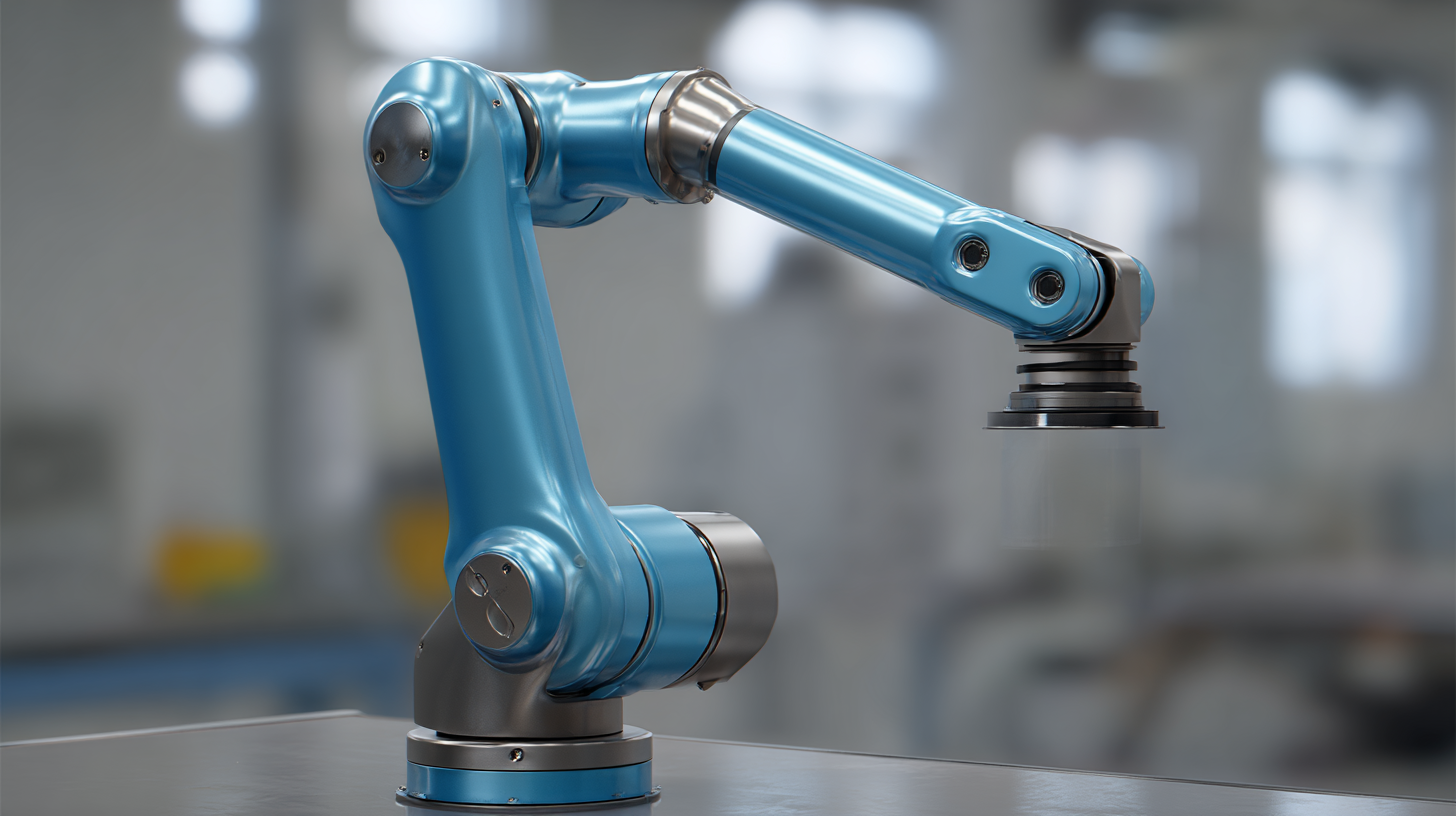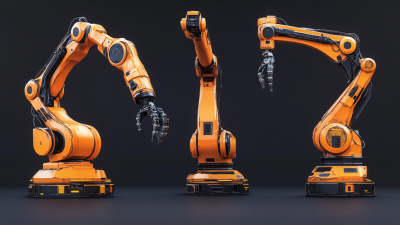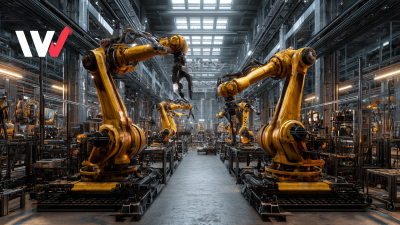GET ROBOT BARISTA!
If you want to order your own robot barista or if you have any questions about the product, feel free to contact us.
By submitting this form you agree to our privacy policy.
COFFEE CONSUMER BEHAVIOR SURVEY
The survey focuses on the consumption of coffee in New York. Send a request and get a link to the survey.
By submitting this form you agree to our privacy policy.
Contact us
Fill free to ask any questions about the product or the company
By submitting this form you agree to our privacy policy.
ROZUM CAFÉ. PRICE CALCULATOR
Send a request for our ROI calculator.
Use it to plan your own robot barista payback period.
Use it to plan your own robot barista payback period.
By submitting this form you agree to our privacy policy.
GET DATASHEET!
Fill out the form to receive the datasheet.
By submitting this form you agree to our privacy policy.
Get rrr-robotized with us
Subscribe and get monthly updates on what's happening on the robot baristas' lives. No spam. You have a robotic word!
By submitting this form you agree to our privacy policy.
USA FRANCHISING MAP
Send us request and get a map that shows state specific franchise laws and fees for franchisors
By submitting this form you agree to our privacy policy.

Special Offer
First unit in your country with a 20% discount.
Want to know more details?
Please, contact your manager.
Aleksandr Maksimovich
Business Development Manager
Nalarobot Robotics | Nalarobot Café
Mobile: +375 333 760 460
(WhatsApp | Telegram | Viber)
Want to know more details?
Please, contact your manager.
Aleksandr Maksimovich
Business Development Manager
Nalarobot Robotics | Nalarobot Café
Mobile: +375 333 760 460
(WhatsApp | Telegram | Viber)









